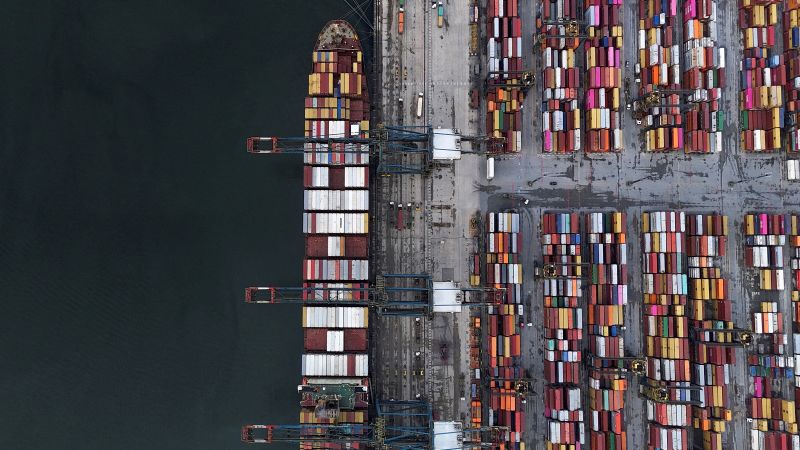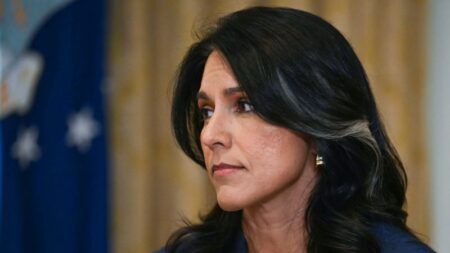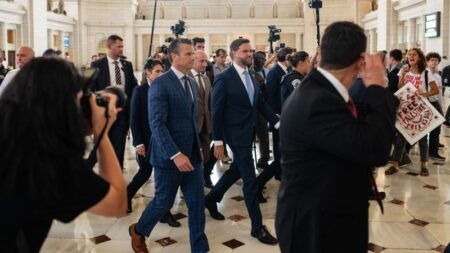On a recent Wednesday, President Donald Trump announced significant changes to the United States’ trade policy amid his self-imposed deadline of August 1. This timeframe marks a pivotal moment in the evolution of how America interacts economically with the rest of the world. The proposed changes represent the administration’s ongoing efforts to redefine international trade relations, particularly as they pertain to tariffs imposed on various goods and services.
In a move aimed at fortifying domestic interests, Trump signed executive orders that implement a staggering 50% tariff on imports from Brazil, as well as on specific copper products, while also suspending a trade perk for international shipments that allowed duty-free entry for certain low-value packages. This aggressive tariff strategy is a part of the broader approach Trump’s administration has taken in what has been characterized as a trade war. The increased tariffs are aimed at protecting American industries, but they also raise concerns regarding the potential for higher prices on consumer goods.
Throughout his announcement, Trump expressed that his administration is committed to a strategic trade framework, explicitly mentioning that a partnership with Pakistan is in its early stages. Trump implied that the framework with Pakistan includes collaboration on developing oil reserves, although no specific details were provided. Additionally, discussions with a South Korean trade delegation were scheduled, suggesting that the U.S. is actively seeking to cement new trade agreements, particularly with countries seen as critical to U.S. interests.
The implications of these tariff changes may extend beyond mere economic shifts; they appear to stem from non-economic motivations. For instance, Trump’s declaration aimed at Brazil corresponds with a political maneuver linked to the trial of right-wing former President Jair Bolsonaro, who is facing allegations of attempting to subvert democracy in Brazil. Trump’s administration has accused Brazilian authorities of conducting a politically motivated prosecution, suggesting that this tariff imposition could be as much about political posturing as it is about trade.
The order that initiated the 50% tariff wasn’t without controversy, as it was inferred that the Brazilian government has committed “serious human rights abuses.” Trump’s declaration reflects a complex intertwining of trade policies with geopolitical dynamics, revealing how international relations are at play in economic decisions.
Interestingly, while the tariffs on Brazil have been framed as a significant punitive measure, they notably exempt many of Brazil’s most crucial exports to the U.S., such as orange juice, aircraft from Embraer, and various other minerals and chemicals. This nuanced application raises questions about the effectiveness of such sanctions and whether they will genuinely impact Brazilian export dynamics.
In addition to the tariff on Brazil, Trump imposed a 50% tariff on semi-finished copper products, including pipes and wires, citing national security concerns and the need to bolster the domestic copper industry. Given the critical role of copper in various industries, the introduction of these tariffs has implications for production costs and, subsequently, consumer prices in related sectors.
The reaction from the markets was notable, particularly concerning copper prices, which saw a significant decline of 19% following the announcement. Investors had anticipated a copper tariff, but the scope and impact of the tariff were not entirely clear until the details emerged publicly. This led to fluctuations in market conditions, with traders interpreting the tariffs as potentially less harmful than initially feared due to their selective nature.
Furthermore, Trump announced the suspension of the “de minimis exemption,” a tax perk that allowed duty-free shipments worth $800 or less from foreign nations. This suspension is significant; it aims to close loopholes that enabled reduced tariff duties on low-value imports, effectively aiming to reduce competition from e-commerce firms that rely heavily on these exemptions.
In conclusion, Trump’s recent trade policy initiatives reflect a multifaceted approach combining economic strategy with political objectives. From imposing significant tariffs to establishing trade frameworks, the administration’s moves underscore a transformative phase in U.S. trade relations as it navigates the challenges of modern global economics and geopolitics. The outcomes of these decisions remain to be seen but promise to influence both domestic markets and international relations in profound ways.











